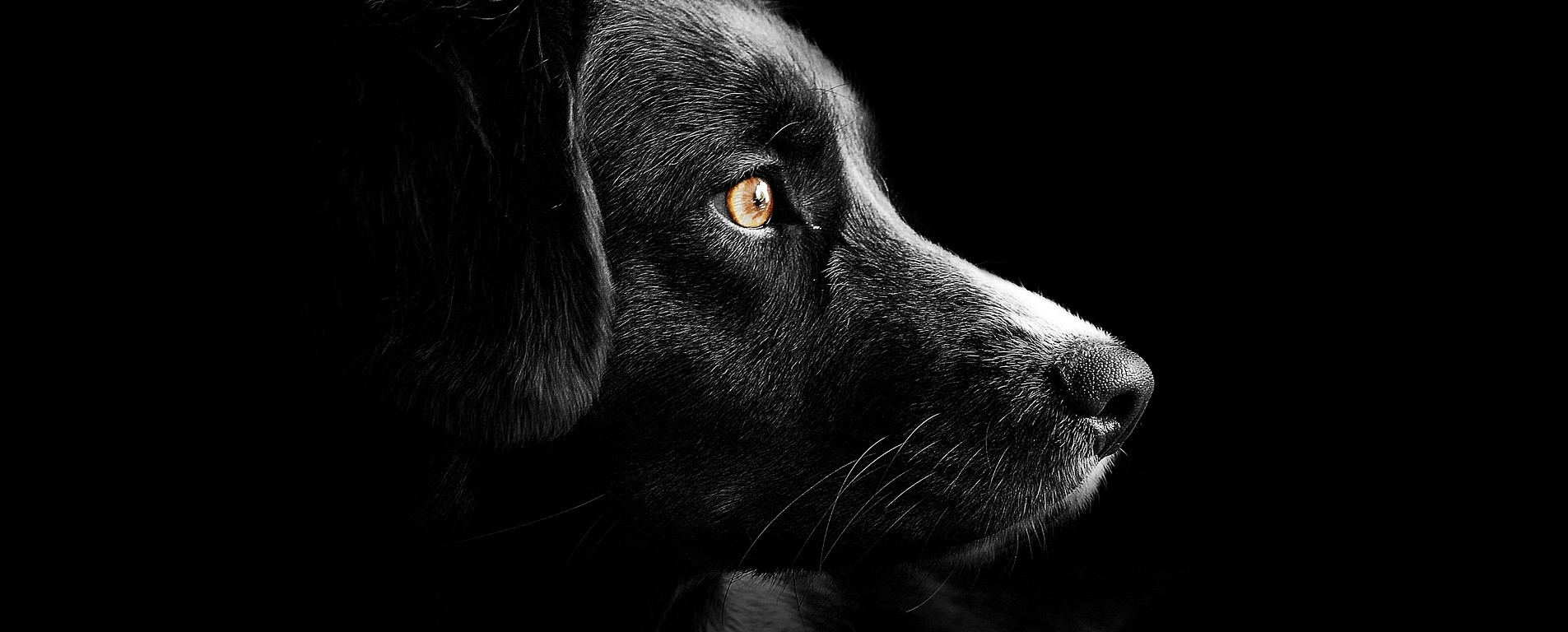Sign up for the daily CJR newsletter.
As we endure the “dog days” of summer, let’s consider why a few generic names for dogs—“Fido,” “Rover,” and “Spot”—have come into being.
To begin with, why are July and August so often called the “dog days of summer” ? It’s not because dogs lie around in the heat, panting, and we feel like we need to as well. And no, it’s not because the heat drives dogs (and people) mad. It actually has little to do with dogs. Instead, the stars are to blame.
About 8.6 light years away in the night sky glows Sirius. A two-star system, it is among the brightest in the sky all year round, and at its brightest in the winter. (Please check your impatience. We’ll get to summer eventually.) Sirius is part of a constellation called Canis Major. In Latin, “canis” means “dog.” (“Major” should be self-explanatory, and yes, there is a “Canis Minor” constellation. Both follow the constellation Orion, because Orion is a hunter, and a hunter needs at least one dog.) So it is not surprising that Sirius is also known as the “Dog Star.”
According to the EarthSky blog, because Sirius appears low to the horizon starting in mid-July, “The early stargazers might have imagined the double-whammy of Sirius and the sun caused the hot weather, or dog days.” It adds that the name Sirius, to the ancient Egyptians, “signified its nature as scorching or sparkling,” and that “Sirius rose just before the sun each year immediately prior to the annual flooding of the Nile River,” in late spring or summer. That was both bad—nobody likes flooding—and good—it brought fresh soil.
THE MEDIA TODAY: Just say ‘racist’
The Farmer’s Almanac defines the dog days as July 3 to August 11. Why so precise? Because on July 23 every year, the sun is in conjunction with Sirius; the Romans thought that Sirius gave off extra heat for 20 days before and 20 days after, a period they called “diēs caniculārēs,” or “dog days.” The Greeks believed the same.
Except, as National Geographic has observed, the appearance of Sirius is different everywhere, and thus “dog days” are different everywhere:
Although July and August are generally known as the hottest months of the year in the Northern Hemisphere, the hottest period can vary from year to year. And depending on your latitude, the astronomical dog days can come at different times. In Athens, for instance, Sirius will rise around the middle of August this year. But farther south, it’ll happen earlier in the year; farther north, it’ll happen later.
Anyway, on to Fido. There’s a connection with the ancients: Fido means “faithful” or “loyal” in Latin (think “fidelity”). According to Psychology Today, Abraham Lincoln gave the name to his favorite dog: “It was a floppy-eared, rough-coated dog of unknown ancestry or breed that he named ‘Fido.’ This dog was almost always with Lincoln and the people of Springfield would report that it was a common sight to see Lincoln walking down the street with Fido walking behind, carrying a parcel by the string tied around it.” Lincoln, being the popular president he was, was an early influencer. And, PT says, “In the same way that Lincoln became the symbol of common men everywhere who love democracy, Fido, or at least his name, goes on as a symbol of common dogs everywhere.”
“Fido” has other meanings as well: During World War II, it stood for “Fog Investigation Dispersal Operation,” a means of burning fuel to light runways and to heat the air around them, to make it easier for planes to land in the winter. And in numismatics, a coin with a minting error is called a “fido,” an acronym for “freaks, irregulars, defects, and oddities.” But they had nothing to do with dogs, so we’ll leave those at that.
“Rover,” another common name for dogs, is a wanderer. Dogs are known for wandering, especially in the days before people thought to keep them inside. A posting on the English Language and Usage Stack Exchange site wondered if “rover” was a conflation of the “Sea Dogs,” English sea-raiders who would loot Spanish ships for the Crown in the 16th century, and the “sea rovers” who were merely pirates. Though a “young rover” appeared in Shakespeare’s Winter’s Tale, written in the early 17th century, it’s not clear that the name referred to a dog. The closest any other poster could come was 1718, when “Rover” appeared in The Compleat Sportsman as a name for a hound.
Just as “Rover” is a logical name for a dog that wanders, so too is “Spot,” for a dog with spots, made famous by the adventures of Dick and Jane. (“Look, Jane. Look. See Dick.”) Though the simplicity of the writing was criticized by some as contributing to illiteracy, especially by Rudolf Flesch* in Why Johnny Can’t Read, millions of people enjoyed them. In early Dick and Jane books, Spot was a cat, but he became a dog in later editions. Run, Spot, run, or someone will name a cat after you.
From the archives: Crawfish aren’t actually fish. Here’s how they got their name.
*Flesch also developed a formula for determining the readability of writing. This piece registers 66.8 on that scale, or “standard” readability.
Has America ever needed a media defender more than now? Help us by joining CJR today.







